September 29, 2007
]]> 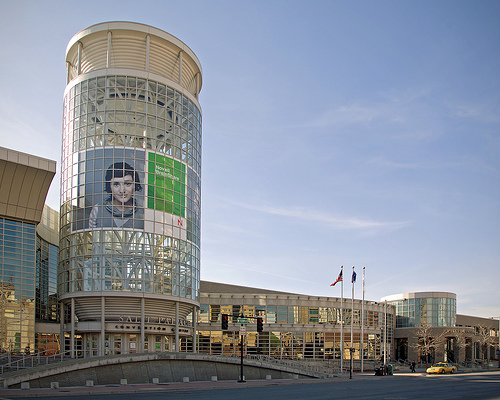
When: Saturday October 6th at 5:00 pm
Where: Meet at the main entrance to the Salt Palace (100 S. West Temple) on the East side of the building under the tower (see today’s photo)
Who: Anyone who wants to attend
This will be a non-competitive opportunity to photograph in and around downtown Salt Lake City and to get to know other photographers. You don’t have to have the “latest-and-greatest” camera to participate. In fact, if someone wants to come and doesn’t have a camera, I will have a couple of loaners available.
We will start at the Salt Palace and head out from there. I would expect it to last no more than 2-3 hours. Since it is LDS Conference Weekend, parking might be troublesome. I am considering riding the train into town to alleviate this concern.
If you have any questions or need to contact me about the activity, give me a call at (801) 259-3500 or email rich@leggnet.com (gutsy move giving out my info, eh?).
I hope to see you there!
Canon 5D, Canon 24-105 f/4L lens – 1/100 second, f/7.1, ISO 50
LeggNet’s Digital Capture
© Rich Legg, Inc. All rights reserved.
September 29th, 2007 12:00 am | Comments Off on Photowalking Salt Lake City – October 6th
September 26, 2007
]]> 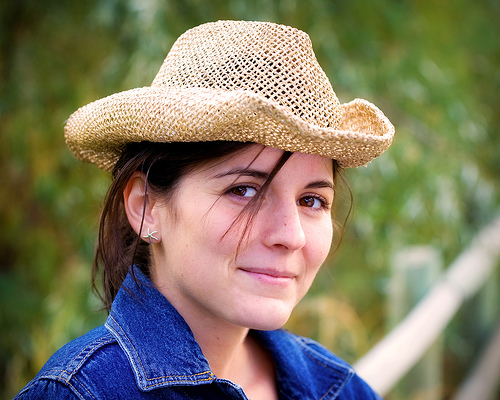
September 26th, 2007 12:00 am | Comments Off on
Krystal
September 26, 2007
]]> 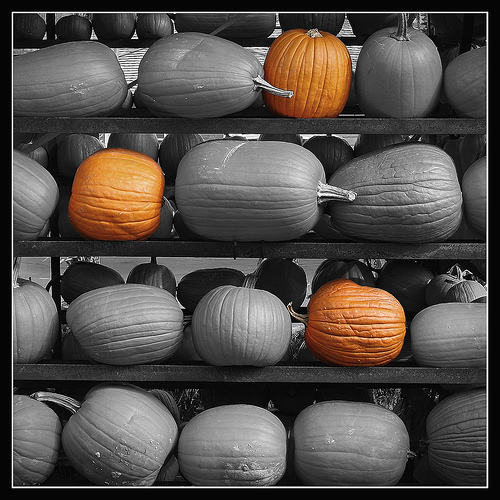
1. Roman History. the office or magistracy of a triumvir.
2. a government of three officers or magistrates functioning jointly.
3. a coalition of three magistrates or rulers for joint administration.
4. any association of three in office or authority.
5. any group or set of three.
[Origin: 1575–85; L triumvirātus.]
Canon 30D, Canon 24-105 f/4L lens – 1/60 second, f/8, ISO 100
LeggNet’s Digital Capture
© Rich Legg, Inc. All rights reserved.
September 26th, 2007 12:00 am | Comments Off on Triumvirate
September 25, 2007
]]> 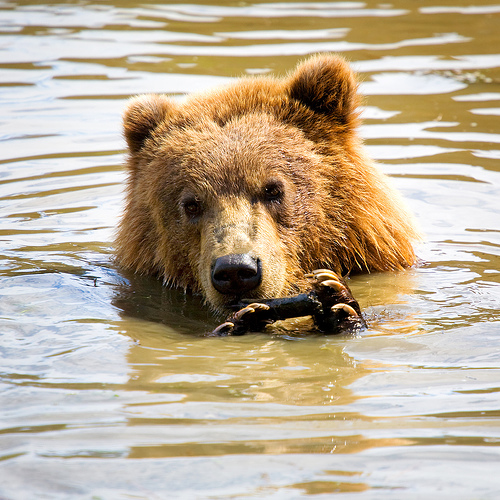
September 25th, 2007 12:00 am | Comments Off on
Afternoon Swim
September 24, 2007
]]> 
When arranging the lighting for this wonderful room, I completely missed that the window blind on the left is positioned differently than the other two. It is not too noticeable on the window, but the difference in reflection on the hardwood floor kills the shot. If I were to shoot this room again, I would adjust all three blinds so they give the same amount of reflection on the floor. In fact I would probably shoot it twice, once with bright reflections (like the right two windows) and once with dull reflections (like the left window).
One easy tip for catching details when photographing is to make a quick pass around the composition with your eyes prior to shooting. I like to think of the scene like a clock dial and quickly scan the shot beginning at 12:00 and moving clockwise around the frame. When photographing people, a quick scan around the outline of their body (especially the head) will alert you to any details that need correcting.
How about you? What do you do in your photography to catch the little details?
Canon 5D, Canon 24-105 f/4L lens – 1/20 second, f/5.6, ISO 100
Labels: tutorial
September 24th, 2007 12:00 am | Comments Off on
Details, Details, Details
September 22, 2007
]]> 
“I try to live my photography life as a NO secrets photographer. I want to challenge all you photographers to always share of yourself with NO limits, so much of what I know came from being open and the people open up to you.”
Kenneth’s blog can be found at kennethlinge.squarespace.com. I’ve added it to my RSS reader and I encourage you to do the same.
Canon 5D, Canon 24-105 f/4L lens – 1/800 second, f/5.6, ISO 100
September 22nd, 2007 12:00 am | Comments Off on
Kenneth Linge’s New Blog
September 21, 2007
]]> 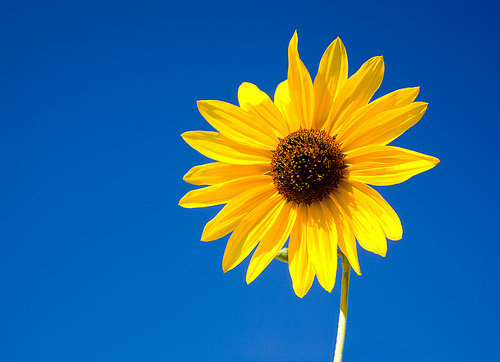
A quick web search for this type of filter comes up with many explanations of what it does. Here’s one:
Produces deeper colored blue skies, which at the same time creates a striking contrast with white clouds. Minimizes light reflections from glass and water. Reduces glare from non-metallic surfaces. Provides a general color saturation to both cool and warm tones. Can be used in extremely bright light situations to reduce the amount of light entering the camera; this enables more selective depth of field control. (source: Cokin)
In addition to the added color boost, the filter drops approximately two f/stops from the exposure. This works well in place of a ND (Neutral Density) filter for times when I want to limit the ambient light for a longer shutter speed or less depth-of-field.
When shooting in sunlight with the Circular Polarizer filter, placing the sun at around a 90 degree angle to the camera lens creates the optimal effect.
Today’s image of a sunflower against the sky is an example of this technique. While the blue and yellow color of the scene was pleasing without the filter, its addition really made them “POP!”.
Canon 5D, Canon 24-105 f/4L lens – 1/100 second, f/6.3, ISO 100
Labels: tutorial
September 21st, 2007 12:00 am | Comments Off on
For Stunning Blue Sky Photos – Polarize!
September 20, 2007
]]> 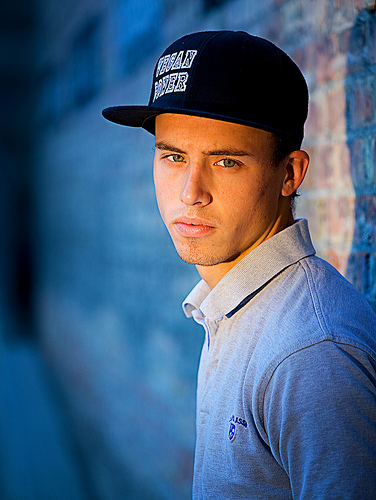
September 20th, 2007 12:00 am | Comments Off on
Vegan Power
September 19, 2007
]]> 
Me: Hello
Mom: Hey, I saw a picture on the news last night and thought you ought to make one like it.
Me: Really, what was it?
Mom: It was an American flag with crime scene tape in front of it.
Me: Hmmmm… not a bad idea.
Mom: Yeah, it was behind the anchorman on the screen.
Canon 5D, Canon 24-105 f/4L lens – 1/125 second, f/9, ISO 100
Labels: stock
September 19th, 2007 12:00 am | Comments Off on
Listen to your Mother
September 18, 2007
]]> 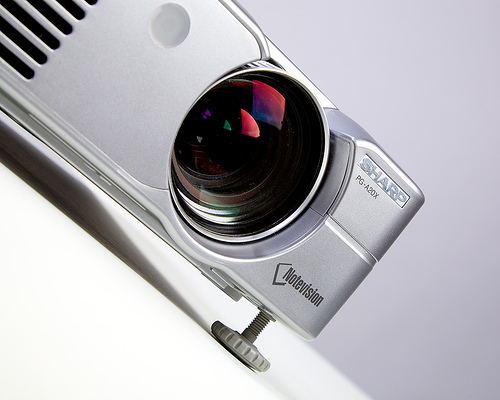
There are times, however, when throwing a shot off-level can work in creating an artistic element to the photo. Today’s image of an LCD projector is an example of this technique. By shooting the subject at a close distance and an angle, the resulting diagonal lines add a bit of pizazz to what could be an otherwise boring shot. Give it a try.
Canon 5D, Canon 24-105 f/4L lens – 1/125 second, f/14, ISO 100
Labels: tutorial
September 18th, 2007 12:00 am | Comments Off on
Take Your Photography Off-Level
September 17, 2007
]]> 
I ran into this unique young lady while shooting a bridal session in downtown Salt Lake City over the weekend. After watching the bride being photographed for a bit, she wanted her turn in front of the camera.
Canon 5D, Canon 70-200 f/4L lens – 1/200 second, f/5.6, ISO 100
September 17th, 2007 12:00 am | Comments Off on
Oh, the people you’ll meet
September 15, 2007
]]> 
Canon 5D, Canon 70-200 f/4L lens – 1/500 second, f/8, ISO 125
September 15th, 2007 12:00 am | Comments Off on
The Water Might Be Cold If . . .
September 14, 2007
]]> 
1. To contort one’s face; grimace.
Canon 5D, Canon 24-105 f/4L lens – 1/200 second, f/4, ISO 250
September 14th, 2007 12:00 am | Comments Off on
The Climber’s “Girn”
September 13, 2007
]]> 
September 13th, 2007 12:00 am | Comments Off on
Life is a Highway
September 13, 2007
]]> 
LeggNet’s Digital Capture
© Rich Legg, Inc. All rights reserved.
September 13th, 2007 12:00 am | Comments Off on Life is a Highway
September 12, 2007
]]> 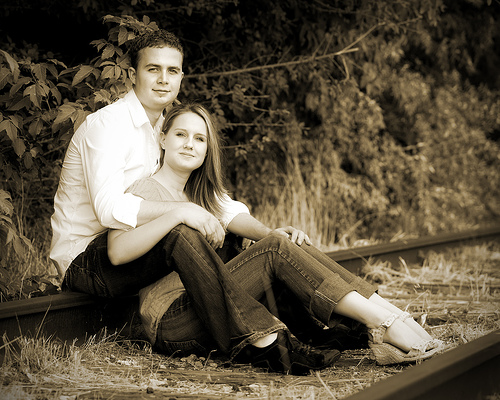
Sepia tone is a type of monochrome photographic image in which the picture appears in shades of brown as opposed to greyscale as in a black-and-white image. It was originally produced by adding a pigment made from the Sepia cuttlefish to the positive print of a photograph taken with any number of negative processes. The chemical process involved converts any remaining metallic silver to a sulphide which is much more resistant to breakdown over time. (Source: Wikipedia)
Canon 5D, Canon 70-200 f/4L lens – 1/200 second, f/5, ISO 100
September 12th, 2007 12:00 am | Comments Off on
Sepia Tone Photography
September 12, 2007
]]> 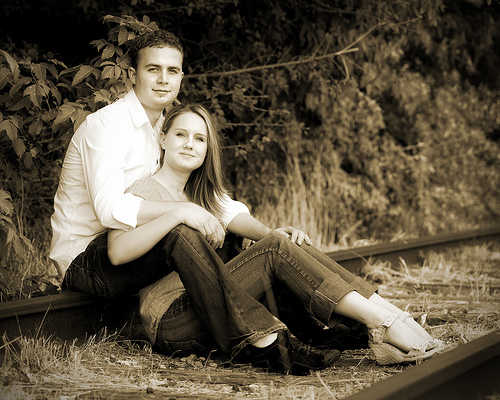
Sepia tone is a type of monochrome photographic image in which the picture appears in shades of brown as opposed to greyscale as in a black-and-white image. It was originally produced by adding a pigment made from the Sepia cuttlefish to the positive print of a photograph taken with any number of negative processes. The chemical process involved converts any remaining metallic silver to a sulphide which is much more resistant to breakdown over time. (Source: Wikipedia)
Canon 5D, Canon 70-200 f/4L lens – 1/200 second, f/5, ISO 100
LeggNet’s Digital Capture
© Rich Legg, Inc. All rights reserved.
September 12th, 2007 12:00 am | Comments Off on Sepia Tone Photography
September 11, 2007
]]> 
The resulting image is a nice representation of a field of sunflowers on a warm summer day. What the photo doesn’t show is the cell phone tower, parking lot and dumpster which surround the flowers.
Beauty is indeed everywhere, you just have to look.
Canon 5D, Canon 24-105 f/4L lens – 1/125 second, f/4, ISO 100
LeggNet’s Digital Capture
© Rich Legg, Inc. All rights reserved.
September 11th, 2007 12:00 am | Comments Off on Beauty is Everywhere
September 10, 2007
]]> 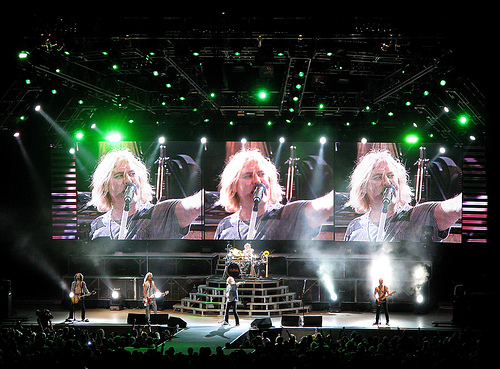
This is one of the reasons I carry a small point-and-shoot camera, a Canon G7, in my kit. The G7 (which Canon recently replaced with the G9) is a high quality 10 megapixel camera in a small unassuming package. I simply dropped the camera into a pocket on my cargo shorts and walked right in to the show. The on-board image stabilization that this camera has is a nice bonus, especially when shooting in a low light environment such as a concert.
As for the concert, it was pretty cool. If I had had my preference though, Def Leppard could have taken the night off and let the opening band Styx carry the night 🙂
Canon G7 – 1/30 second, f/4.8, ISO 200
September 10th, 2007 12:00 am | Comments Off on
Bigger is not always Better: When an SLR is too much
September 8, 2007
]]> 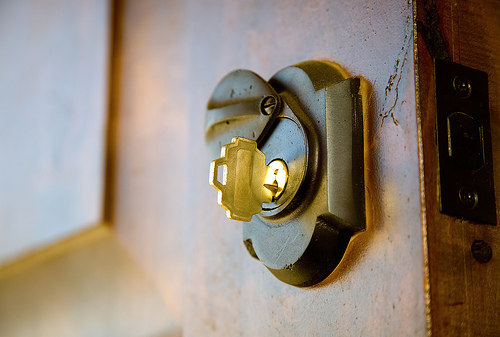
September 8th, 2007 12:00 am | Comments Off on
The Golden Key
September 7, 2007
]]> 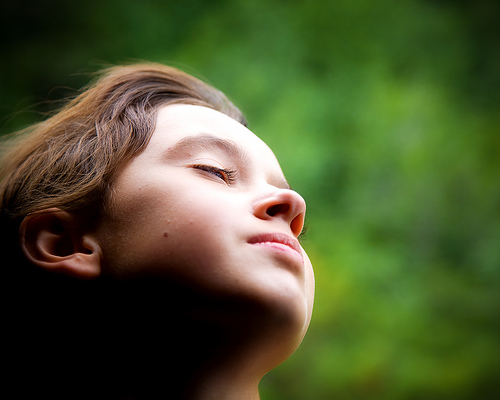
September 7th, 2007 12:00 am | Comments Off on
Enjoy the Ride
September 6, 2007
]]> 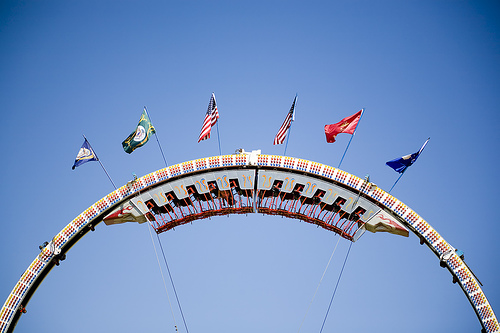
When shooting today’s image of an amusement park ride I wanted to capture the train at the top of the loop. It took several attempts to to make this happen. Even though the ride’s support wires are not exactly centered, having the train lined up with them greatly improves the shot. The lack of shutter lag on my dSLR camera made this task much easier.
Canon 5D, Canon 24-105 f/4L lens – 1/1250 second, f/4, ISO 100
September 6th, 2007 12:00 am | Comments Off on
Where’d the Shutter Lag go?
September 5, 2007
]]> 
One way I combat this is to constantly be on the lookout for fresh ideas. Anyone who has spent time around me has probably noticed that I carry a small leather journal everywhere I go. Of the various things I keep notes of in this book is a list of photography ideas. During my day, when I think of an idea for a shot I jot down a note in the journal. These ideas can come from an idea while driving, a television commercial, a magazine, a scene in a movie, people walking down the street, etc. You get the idea.
Today’s image of a woman working at a desk is an example of this form of inspiration. I recently came across a copy of the original 1984 Apple Macintosh Owner’s Manual online. I was a huge fan of the original Mac (though I never owned one) and really enjoyed the figurative trip back in time by reviewing the manual. While going through the manual I came across a photo of a man working at a desk (with a Mac of course) shot from above (see the photo here). I really liked the image and thought that a similar shot would make a nice addition to my stock library. I made a note of the shot and then later when I had time I set it up in my studio.
Some might say that I wasn’t inspired, but rather simply copied someone else’s work. I understand their view and I could easily argue both sides of this discussion. In this case, I feel that using a 20+ year old image for inspiration and adding my own take on it is perfectly acceptable.
What about you? What do you do to inspire your photography? How do you keep from getting in a writer’s block type of rut?
Canon 5D, Canon 24-105 f/4L lens – 1/125 second, f/9, ISO 100
Labels: stock
September 5th, 2007 12:00 am | Comments Off on
Where Does Your Inspiration Come From?
September 4, 2007
]]>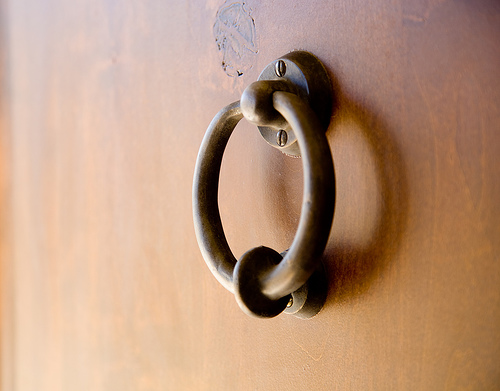
September 4th, 2007 12:00 am | Comments Off on
Knock, Knock
September 2, 2007
]]> 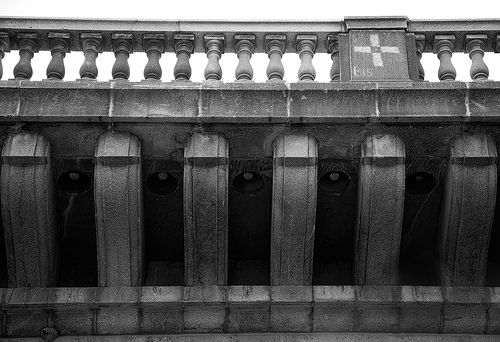
LeggNet’s Digital Capture
© Rich Legg, Inc. All rights reserved.
September 2nd, 2007 12:00 am | Comments Off on London Bridge






























